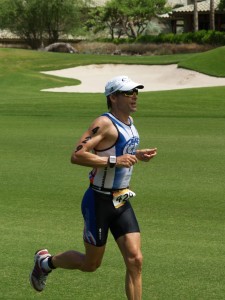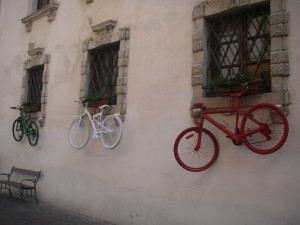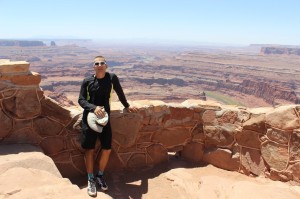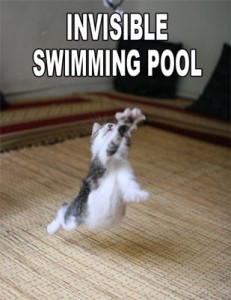This morning I had a track session comprised of 200's and 400's after an easy ride to warm up the legs.
Before I hopped on my cruiser bike for the ride to the track, I did something that I have found helpful over the years before starting a workout, I reviewed my training journal.
I would encourage any athlete to keep a training journal. Some of you may prefer to write in an actual paper journal, others may find it easier to update one on the computer. Either is fine, it just depends what works best for you and gets you taking notes on your workouts.
How detailed should the journal/notes be? Well, that is up to you but here is what I would call my top 10
Type of workout (swim, bike, run, etc...)
Duration
Purpose/Intensity
Drills/Technique work
Any data you collected (HR, Power, lap splits, etc...)
Nutrition during
Morning resting HR
How much sleep
Energy level both physical and mental
Weather conditions
By reviewing my notes in the journal, I knew what I had done the previous week. So, the goal this week was to see if I could repeat the performance from the prior week (hold same times) and see if it felt just a little bit easier. Fortunately, things worked out well and the workout was a success. One of the things I noted from the previous week was that I had a good warm up that included some drills to finish it off. This left me feeling good and warmed up, ready to start the main part of the session.
Keeping good notes allows you to see if the training you are doing is helping you to improve. Also, very helpful if an injury pops up, you can review what you have been doing in previous workouts to see if overtraining is an issue.
Good notes allow you (and your coach if you have one) to better plan future workouts. This leads to smarter training and for those that race, going FASTER!
Finally, once you have determined how you will record your training, determine when you are most likely to do so (right after the workout or later in the day) and get in the habit of doing it consistently.
Make it a great week of training,
Coach Eric










